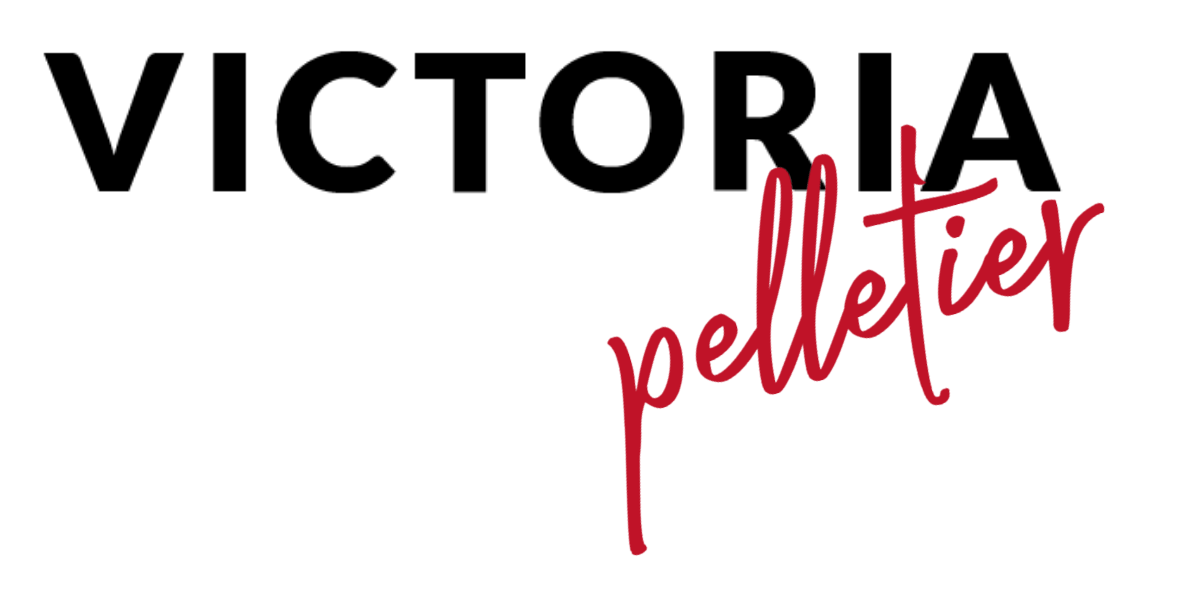
Five years ago, many of the video streaming and conferencing platforms that have powered us through the Covid-19 pandemic were still small startups or just digital scaffolds on a programmer’s laptop. In a pinch, we fast-tracked the innovation curve and made it work. One year ago, contactless delivery of goods was a niche service. Now, it’s the expectation. We made it work. Remote learning, online trade shows, e-medicine…I can keep going. In a pinch, we made them all work.
Everything changed back in March 2020. We all had to move swiftly to keep afloat. Amid the ongoing pandemic, organizations that haven’t leveraged these connection tools are organizations that are already deceased or on their way to the grave. Over nine months and counting of improvisation, effective leaders have found creative ways to deliver on the organizational mission, keep the team connected despite distance and continue to “put food on the table” through old and new revenue streams. Many of us were instrumental in making it work and are still creating and executing great initiatives as we press forward. If you’re among the resilient leaders who are still effectively plowing through this mess, then give yourself a pat on the back. Well done.
Now what? With shipments of vaccines on the move and the promise of a spring thaw after a cold winter of loss in the forecast, we can all begin to say that once forbidden phrase, “a return to normalcy.” The problem? Normalcy will not mean a return to business as we knew it prior to Covid-19. Because we got so good at improvising in a pinch, we have built new efficiencies into our organizations (and the larger economy) that consumers, employees and shareholders will expect in the future.
For example, if your “normal” business model relies on a brick-and-mortar site for delivery of goods or services, then you’re a relic. If your organization expects all or most of its employees to return to in-person work after the virus is eradicated, you’re a relic. If you have no long-term plans to keep your web presence optimized for e-commerce, streaming content and convenient customer service, then yes, relic. Effective leadership in the emerging and here-to-stay expedient economy requires that you take some steps now to shore up the efficiencies you devised and executed in a pinch.
Begin by listening to your customers. Your improvisation kept customers from falling off the cliff. Provide some venues for customer feedback that probes which innovations went well for the organization during the pandemic, which ones didn’t work and which should become permanent. Engage your team in the same sort of exercise. Commit yourself to making the good fixes part of your organization’s long-term strategic plan. On the constructive criticism side of ledger, take the critiques in stride and grow beyond the missteps.
Remember, we’ve now shown that we can provide expedient solutions to challenges and expedient delivery of our goods and services to our full constituency. Your task as a leader is to lean into the expediency. Where can you provide greater efficiencies in your organizations? How can you broaden your leverage of remote work and contactless sales and service? Who on your team has shown exceptional promise in visional thinking and execution of the vision? What’s next for your digital innovation?
As you ponder these questions, recognize that the answers underscore how magnificently you improvised your way through a generational challenge.



